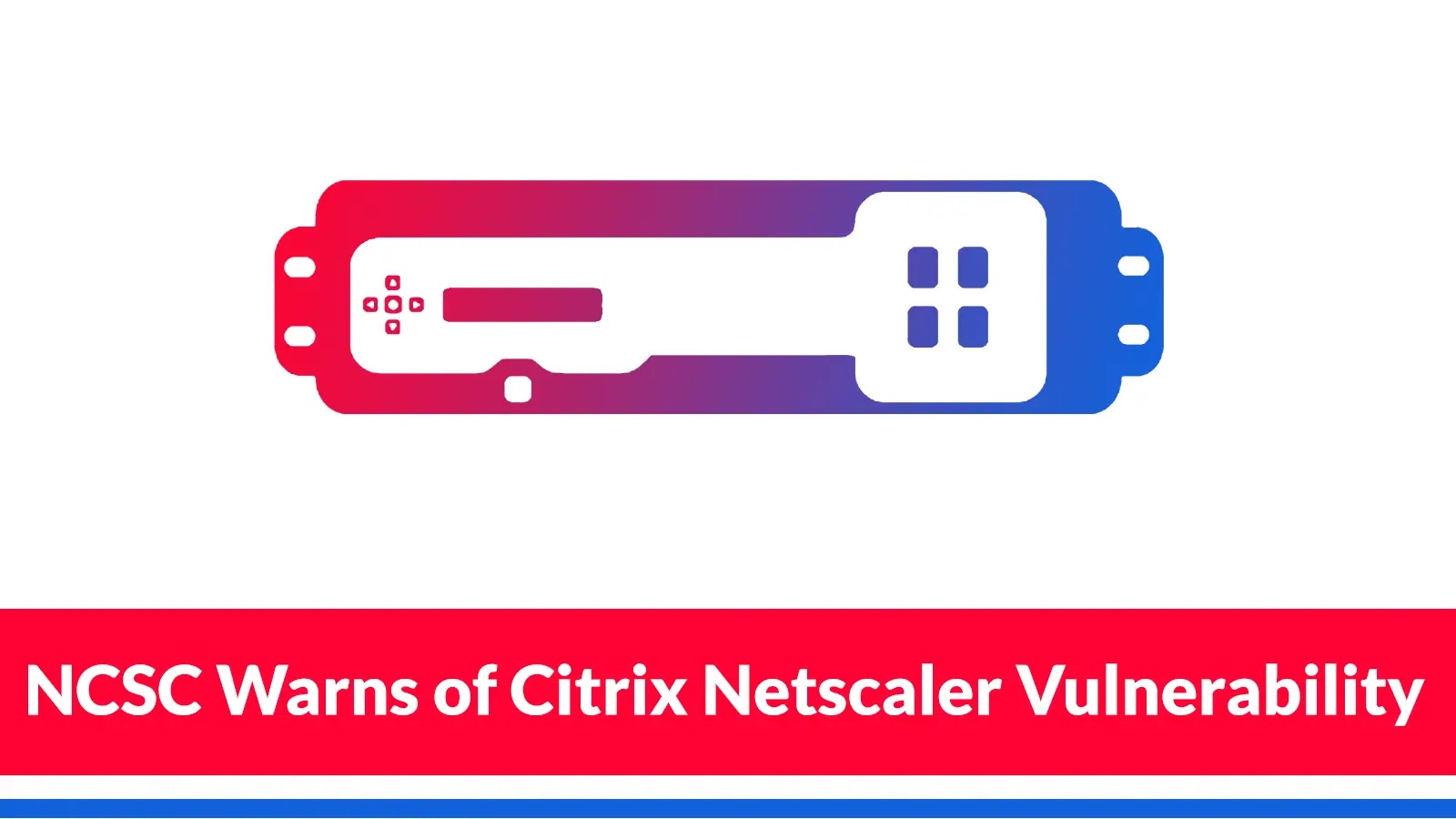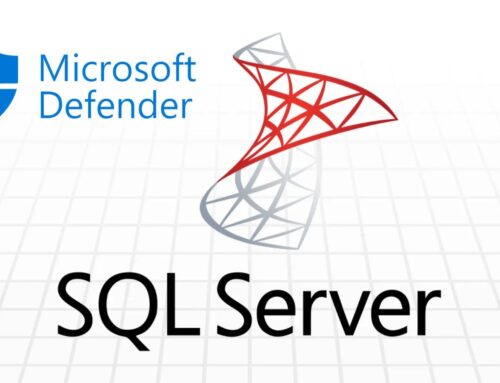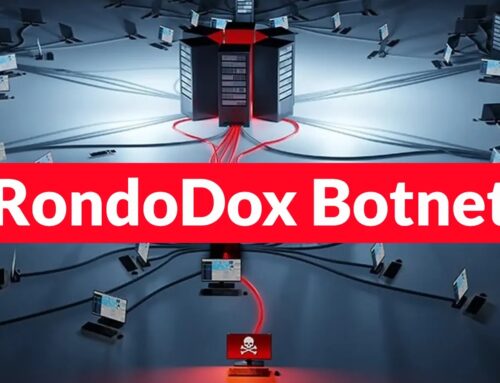
NCSC Warns of Citrix Netscaler Vulnerability CVE-2025-6543 Exploited to Breach Orgs
Urgent Warning: Critical Citrix NetScaler Zero-Day (CVE-2025-6543) Under Active Exploitation
Organizations worldwide are urged to take immediate action as the Dutch National Cyber Security Centre (NCSC-NL) issues a severe warning regarding a zero-day vulnerability, CVE-2025-6543, in Citrix NetScaler ADC and Gateway systems. This critical vulnerability has been actively exploited since early May 2025, leading to successful compromises of several critical infrastructure organizations within the Netherlands. The sophistication and impact of these attacks underscore the urgent need for robust defensive measures.
Citrix NetScaler (now Citrix ADC) and Gateway systems are vital components for many enterprises, providing application delivery control and secure remote access. Their pervasive use makes them high-value targets for threat actors seeking to gain initial access, establish persistence, and move laterally within networks. The exploitation of CVE-2025-6543 represents a significant threat to organizational security and data integrity.
Understanding the Threat: CVE-2025-6543
The CVE-2025-6543 vulnerability targets Citrix NetScaler ADC (Application Delivery Controller) and Gateway systems. While specific technical details regarding the exploit chain are often withheld in the initial stages of a zero-day alert to prevent further exploitation, the NCSC-NL’s warning highlights its severity: it allows for successful compromise of targeted organizations. This typically implies remote code execution (RCE) or unauthorized access that can be leveraged for deeper network penetration.
Given the nature of ADC and Gateway devices—often publicly accessible and acting as a critical entry point to internal networks—a successful exploit of CVE-2025-6543 could lead to:
- Unauthorized Network Access: Threat actors can bypass existing security controls to gain a foothold in the internal network.
- Data Exfiltration: Sensitive organizational data, including intellectual property, customer information, or employee records, can be stolen.
- Ransomware Deployment: The initial access gained through the exploit can be leveraged to deploy ransomware, crippling operations.
- Espionage and Sabotage: State-sponsored actors may use such vulnerabilities to conduct long-term espionage or disrupt critical services.
Attack Vector and Impact
The NCSC-NL’s report indicates that the attacks have been active since early May 2025. This means that organizations that have not yet detected anomalous activity on their Citrix NetScaler devices could already be compromised. The fact that the vulnerability is a zero-day means there was no public knowledge or patch available prior to the attacks, making detection and prevention particularly challenging.
For organizations utilizing Citrix NetScaler ADC and Gateway for load balancing, VPN services, and secure web access, the implications are severe. These devices are often positioned at the network perimeter, making them an ideal initial access point for sophisticated threat actors. The successful breach of multiple critical organizations underscores the efficacy and targeted nature of these ongoing campaigns.
Remediation Actions and Mitigation Strategies
Prompt action is critical to protect your organization from active exploitation of CVE-2025-6543. While a patch may not be immediately available for a zero-day, several immediate steps can be taken:
- Isolate and Segment: If possible, isolate or segment Citrix NetScaler devices from the broader internal network. Implement strict network segmentation to limit lateral movement if a compromise occurs.
- Monitor Logs Aggressively: Review all logs from Citrix NetScaler appliances for unusual activity, including unexpected user logins, configuration changes, or outbound connections. Pay close attention to authentication logs, system commands, and traffic patterns.
- Apply Available Patches Immediately: As soon as Citrix releases an official patch for CVE-2025-6543, prioritize its deployment across all affected systems.
- Restrict Administrative Access: Enforce strict access controls and multi-factor authentication (MFA) for all administrative interfaces of NetScaler devices. Ensure only necessary personnel have privileged access.
- Review and Rotate Credentials: Assume compromise of credentials that might have been used on or through the NetScaler devices. Force password resets for all users and administrators who authenticate through these systems.
- Implement Web Application Firewall (WAF) Rules: If you have a WAF in front of your NetScaler, review and implement new rules that could potentially block malicious requests targeting the vulnerability. This requires intimate knowledge of the exploit structure, which may not be publicly available initially.
- Perform Incident Response Readiness Check: Ensure your incident response plan is up-to-date and your team is ready to respond if a compromise is detected. This includes isolating systems, forensic imaging, and eradication procedures.
- Threat Hunting: Proactively search your network for indicators of compromise (IOCs) related to these attacks. While specific IOCs for CVE-2025-6543 may be pending, look for anomalous network connections, suspicious processes, or unexpected file creations on systems that the NetScaler devices interact with.
Recommended Tools for Detection and Analysis
While specific tools for pinpointing CVE-2025-6543 exploitation might evolve, general cybersecurity tools are crucial for detection and analysis:
| Tool Name | Purpose | Link |
|---|---|---|
| SIEM (e.g., Splunk, Elastic SIEM) | Centralized log management and anomaly detection for NetScaler and connected systems. | https://www.splunk.com/ |
| Network Intrusion Detection/Prevention Systems (NIDS/NIPS) (e.g., Suricata, Snort) | Monitoring network traffic for suspicious patterns and known attack signatures. | https://suricata.io/ |
| Endpoint Detection and Response (EDR) solutions | Detecting malicious activities on endpoints that might result from a NetScaler compromise. | (Vendor specific, e.g., CrowdStrike, SentinelOne) |
| Vulnerability Scanners (e.g., Nessus, Qualys) | Will eventually include checks for CVE-2025-6543 once a stable detection method is available. | https://www.tenable.com/products/nessus |
Staying Informed and Vigilant
The NCSC-NL’s warning about CVE-2025-6543 is a critical reminder of the dynamic nature of cyber threats. Organizations must maintain a high level of vigilance, regularly monitor official security advisories from vendors like Citrix and national cybersecurity agencies, and invest in robust incident response capabilities. Proactive security measures, coupled with rapid reaction to new threats, are essential for maintaining a strong defensive posture against sophisticated adversaries.





